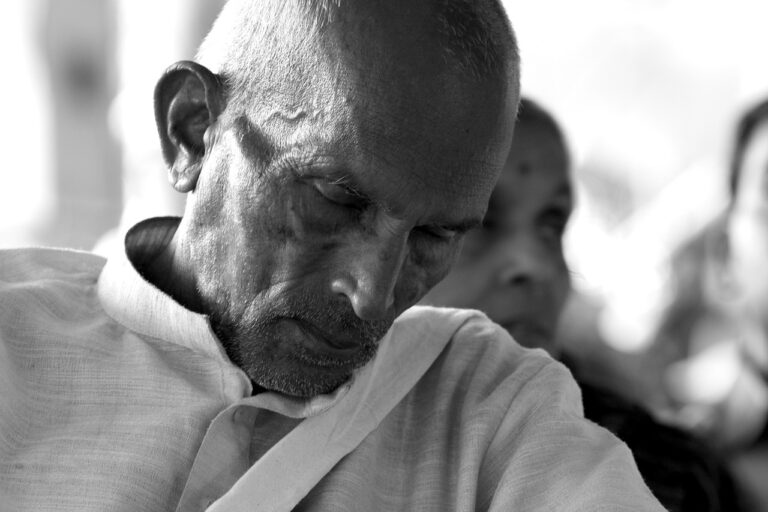Exploring the Impact of Economic Inequality on Voting Patterns
Income disparities play a significant role in shaping individuals’ political preferences. Research has shown that individuals with lower income levels tend to support policies that aim to reduce economic inequality, such as increasing taxes on the wealthy and expanding social welfare programs. On the other hand, those with higher incomes generally favor policies that promote economic growth and lower taxes.
Moreover, income disparities can influence voter turnout and participation. Individuals with higher incomes are more likely to vote than those with lower incomes, leading to a potential skew in political representation. This disparity in political engagement based on income levels can have far-reaching consequences on the implementation of policies that address economic inequality and social welfare issues.
Historical Trends in Voting Behavior and Economic Inequality
Voting behavior and economic inequality have shared a complex relationship throughout history. As economic disparities fluctuate, so do the voting patterns of individuals within society. The ebb and flow of economic conditions often act as a barometer for political preferences, influencing how different social groups cast their ballots.
Looking back at past elections, it becomes evident that economic inequality has played a significant role in shaping voter behavior. In times of economic prosperity, voter concerns may shift towards other issues such as social reforms or foreign policy. Conversely, during periods of economic downturn, voters tend to prioritize economic matters, leading to potential shifts in political allegiances based on proposed solutions to address economic inequalities.
The Role of Social Class in Shaping Voting Patterns
Social class has long been regarded as a significant factor in shaping individuals’ voting behavior. Research indicates that one’s socioeconomic status heavily influences their political preferences and party affiliation. Individuals from higher social classes tend to lean towards conservative ideologies, advocating for economic policies that maintain their status and privileges in society.
On the other hand, individuals from lower social classes often align with liberal or leftist political stances, supporting policies aimed at reducing income inequality and providing social welfare programs. This division in political preferences based on social class showcases the complex interplay between economic circumstances and voting patterns. As such, understanding the role of social class in shaping voting behavior is crucial for comprehending the dynamics of democratic societies.
How does income disparity influence political preferences?
Income disparity can play a significant role in shaping political preferences, as individuals from different income brackets may prioritize different issues and have varying perspectives on government policies.
Are there historical trends that show a correlation between voting behavior and economic inequality?
Yes, throughout history, there have been patterns that suggest a correlation between voting behavior and economic inequality. For example, during times of significant economic disparity, there tends to be a shift in voting patterns towards candidates or parties that promise to address these inequalities.
How does social class impact voting patterns?
Social class can greatly influence voting patterns, as individuals from different social classes may have distinct values, beliefs, and priorities that guide their political decisions. Factors such as education level, occupation, and income all play a role in shaping voting behavior.







